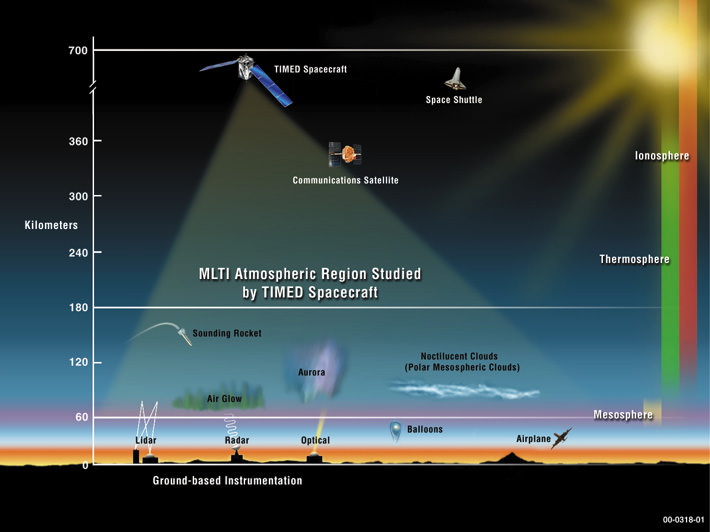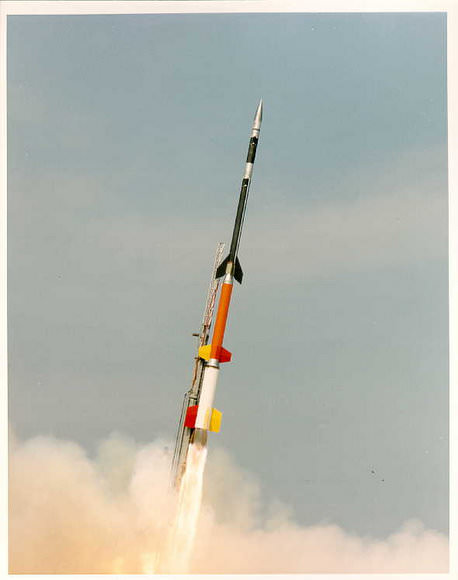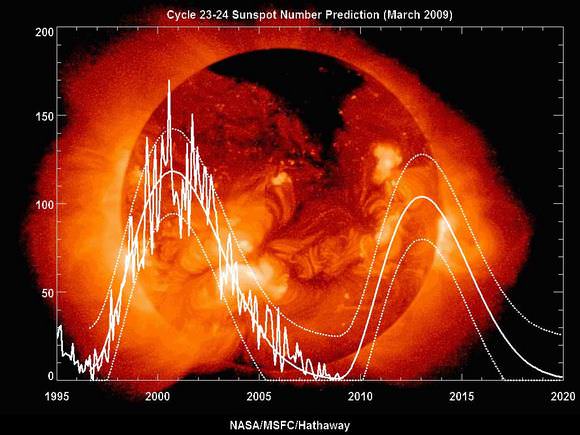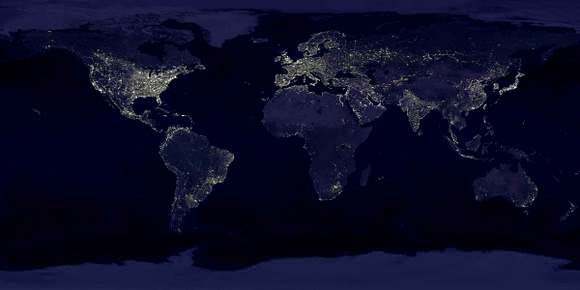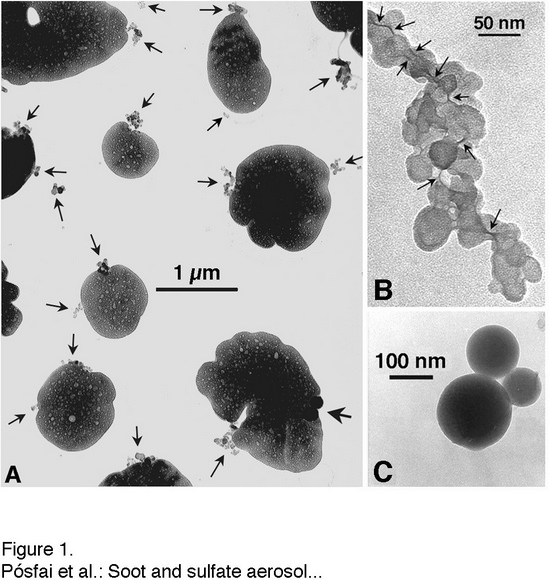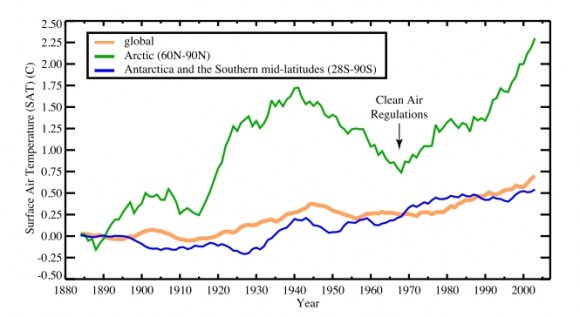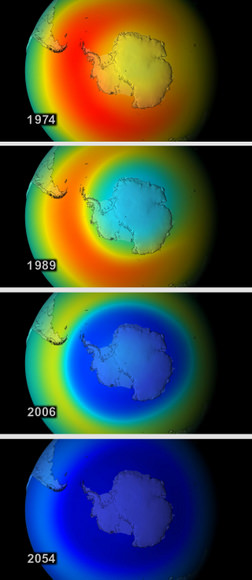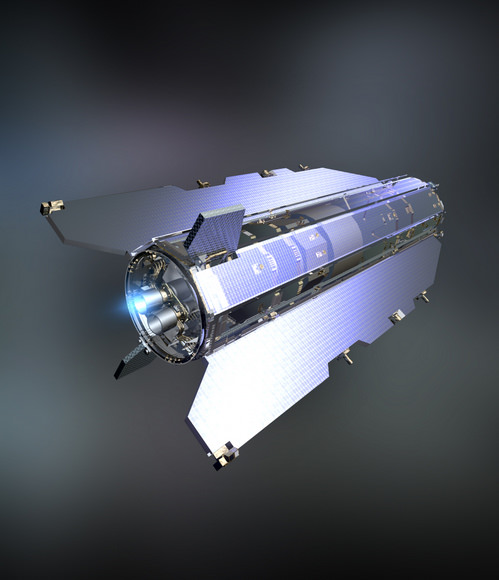New measurements from a NASA satellite show a dramatic cooling in the upper atmosphere that correlates with the declining activity of the current solar cycle. For the first time, researchers can show a timely link between the Sun and the climate of Earth’s thermosphere, the region above 100 km, an essential step in making accurate predictions of climate change in the high atmosphere. This finding also correlates with a fundamental prediction of climate change theory that says the upper atmosphere will cool in response to increasing carbon dioxide.
Earth’s thermosphere and mesosphere have been the least explored regions of the atmosphere, in fact some have called it the “ignorosphere.” The NASA Thermosphere-Ionosphere-Mesosphere Energetics and Dynamics (TIMED) mission was developed to explore the Earth’s atmosphere above 60 km altitude and was launched in December 2001. One of four instruments on the TIMED mission, the Sounding of the Atmosphere using Broadband Emission Radiometry (SABER) instrument, was specifically designed to measure the energy budget of the mesosphere and lower thermosphere. The SABER dataset now covers eight years of data and has already provided some basic insight into the heat budget of the thermosphere on a variety of timescales.
The extent of current solar minimum conditions has created a unique situation for recent SABER datasets. The end of solar cycle 23 has offered an opportunity to study the radiative cooling in the thermosphere under exceptionally quiescent conditions.
“The Sun is in a very unusual period,” said Marty Mlynczak, SABER associate principal investigator and senior research scientist at NASA Langley. “The Earth’s thermosphere is responding remarkably — up to an order of magnitude decrease in infrared emission/radiative cooling by some molecules.”
The TIMED measurements show a decrease in the amount of ultraviolet radiation emitted by the Sun. In addition, the amount of infrared radiation emitted from the upper atmosphere by nitric oxide molecules has decreased by nearly a factor of 10 since early 2002. These observations imply that the upper atmosphere has cooled substantially since then. The research team expects the atmosphere to heat up again as solar activity starts to pick up in the next year.
While this warming has no implications for climate change in the troposphere, a fundamental prediction of climate change theory is that the upper atmosphere will cool in response to increasing carbon dioxide. Emissions of carbon dioxide may warm the lower atmosphere, but they cool the upper atmosphere, because of the density of the atmospheric layer.
As the atmosphere cools the density will increase, which ultimately may impact satellite operations through increased drag over time.
The SABER dataset is the first global, long-term, and continuous record of the Nitric oxide (NO) and Carbon dioxide (CO2) emissions from the thermosphere.
“We suggest that the dataset of radiative cooling of the thermosphere by NO and CO2 constitutes a first climate data record for the thermosphere,” says Mlynczak.
The TIMED data provide a fundamental climate data record for validation of upper atmosphere climate models which is an essential step in making accurate predictions of climate change in the high atmosphere. SABER provides the first long-term measurements of natural variability in key terms of the upper atmosphere climate. As the TIMED mission continues, these data derived from SABER will become important in assessing long term changes due to the increase of carbon dioxide in the atmosphere.
The findings were presented at the American Geophysical Union fall meeting in San Francisco.
Source: NASA Langley

